DeepSeek AI is emerging as a major player in the artificial intelligence industry, challenging established names like OpenAI and Google with its innovative, cost-effective, and open-source approach to AI development. Founded in 2023 by Liang Wenfeng, DeepSeek aims to democratize AI accessibility while focusing on efficient model performance.
This article explores DeepSeek AI’s strengths, its impact on the AI landscape, and the challenges it faces against proprietary models like ChatGPT-4o.
Strengths of DeepSeek R1
1. Open-Source Accessibility
DeepSeek AI’s biggest advantage is its open-source nature, allowing developers, researchers, and businesses to modify and deploy its models freely. Unlike OpenAI’s ChatGPT-4o, which is a proprietary model requiring API access or subscriptions, DeepSeek AI provides flexibility for innovation and customization.
2. Cost-Effectiveness
DeepSeek AI has demonstrated impressive capabilities despite being developed with a budget of just $5.6 million. This cost-efficient approach allows businesses and independent developers to leverage high-quality AI models without the high infrastructure costs associated with proprietary AI solutions.
3. Efficient AI Development
Instead of relying on massive computational power, DeepSeek AI prioritizes algorithmic efficiency, making it accessible for users who may not have extensive resources. This efficiency helps democratize AI development, making powerful AI tools available to a broader audience.
4. Competitive Performance
Despite its smaller budget, DeepSeek AI has shown strong performance, competing with models like ChatGPT-4o. Organizations such as Perplexity have already adopted DeepSeek’s models, validating their reliability and effectiveness in real-world applications.
5. Rapid Industry Adoption
DeepSeek AI is quickly gaining traction within the AI community, offering a viable alternative to proprietary models. Its growing presence signals a shift in the industry toward open and customizable AI solutions that do not require heavy financial backing to operate effectively.
Weaknesses of DeepSeek AI
1. Limited Multimodal Capabilities
Unlike ChatGPT-4o, which excels in multimodal AI (text, image, and voice processing), DeepSeek AI primarily focuses on text-based AI models. This makes it less versatile for applications requiring advanced multimodal capabilities.
2. Smaller Training Dataset
OpenAI has access to vast amounts of proprietary data to train its models, giving ChatGPT-4o an edge in contextual understanding and response generation. DeepSeek AI, with fewer resources, may have limitations in comprehending complex or nuanced queries compared to its larger competitors.
3. Less Enterprise Integration
While OpenAI’s models integrate seamlessly with Microsoft products and other enterprise solutions, DeepSeek AI currently lacks deep integration into major corporate ecosystems. This can make adoption more challenging for businesses seeking fully integrated AI services.
4. Lower Brand Recognition
Compared to OpenAI, DeepSeek AI is still a relatively new name in the AI market. While its technology is promising, it lacks the brand recognition and trust that established AI companies have built over the years.
DeepSeek AI is redefining AI development with its open-source, cost-effective, and efficient approach. While it holds key advantages in accessibility and affordability, it still faces challenges in multimodal capabilities, training data, and enterprise adoption. As DeepSeek continues to evolve, it has the potential to become a major force in the AI industry, offering a compelling alternative to proprietary models like ChatGPT-4o.
For developers and businesses looking for customizable AI without the high costs of proprietary solutions, DeepSeek AI is a promising option that could reshape the future of artificial intelligence.



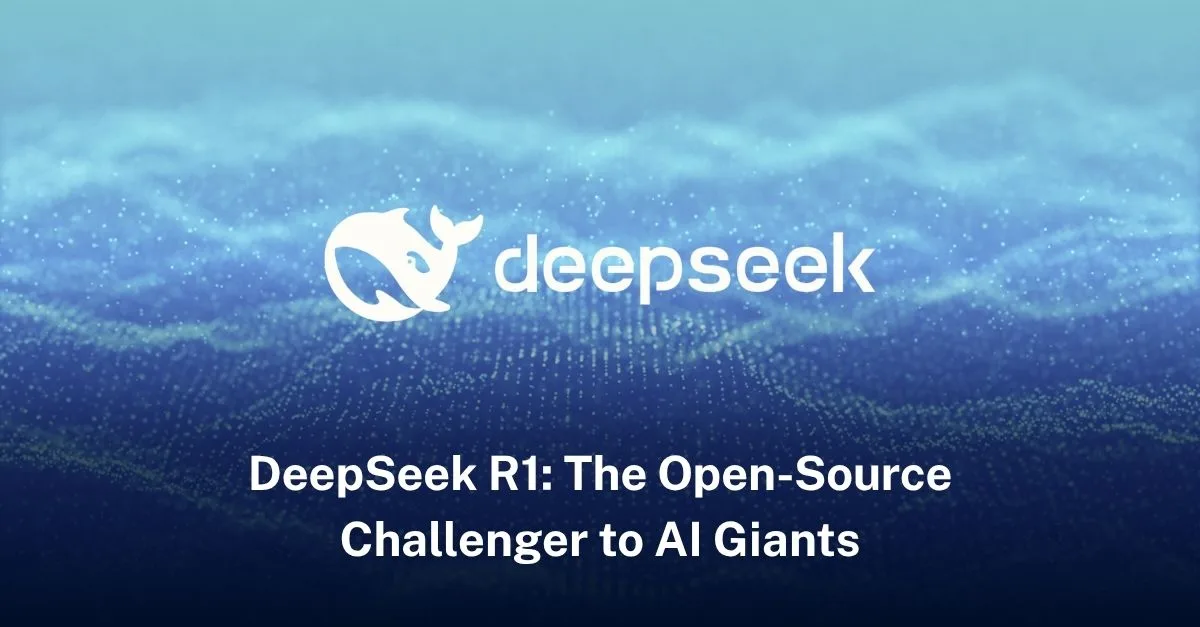

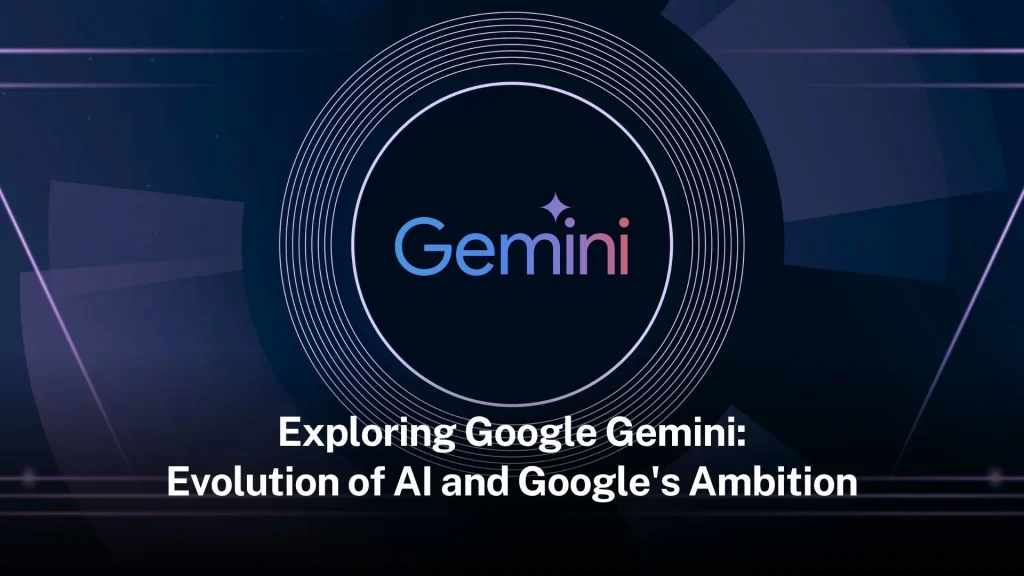
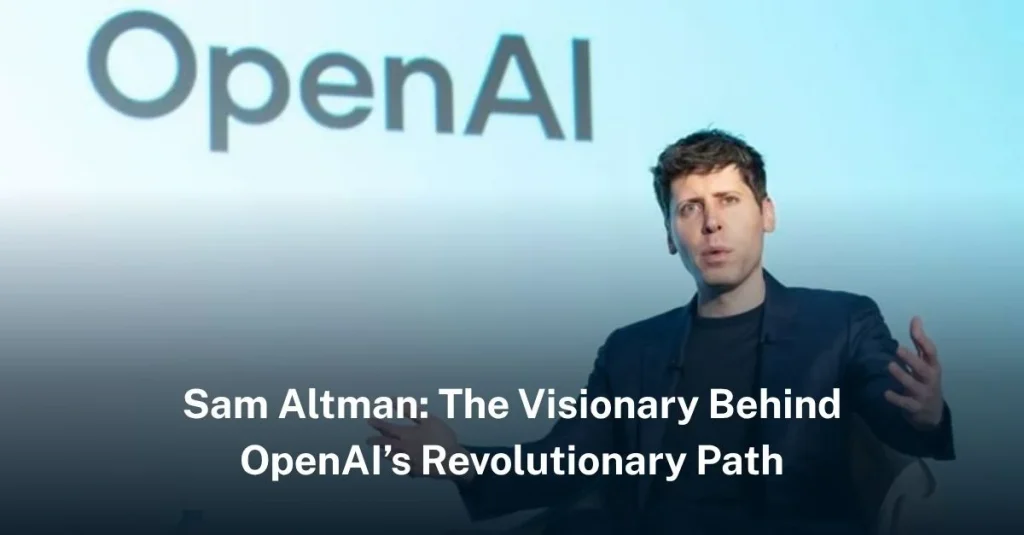

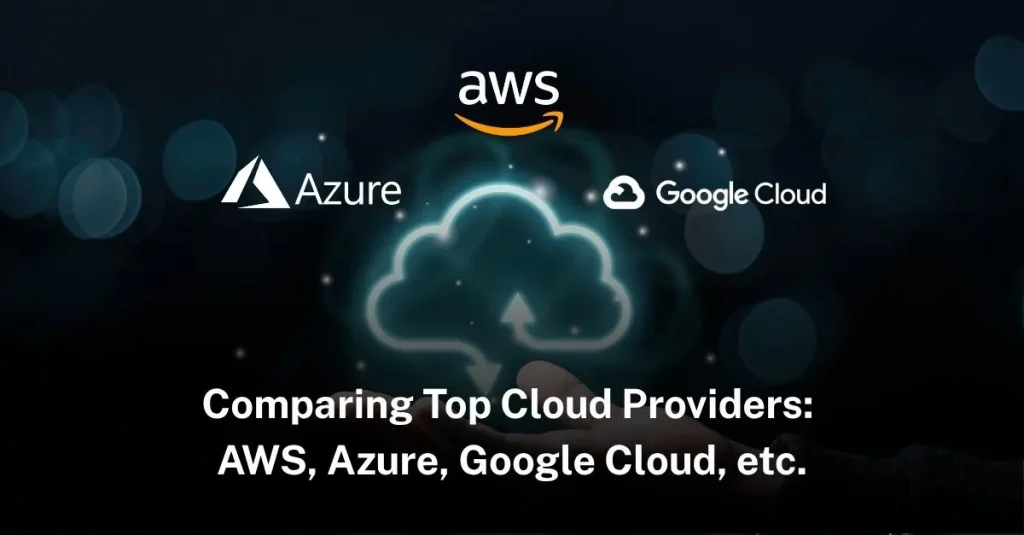
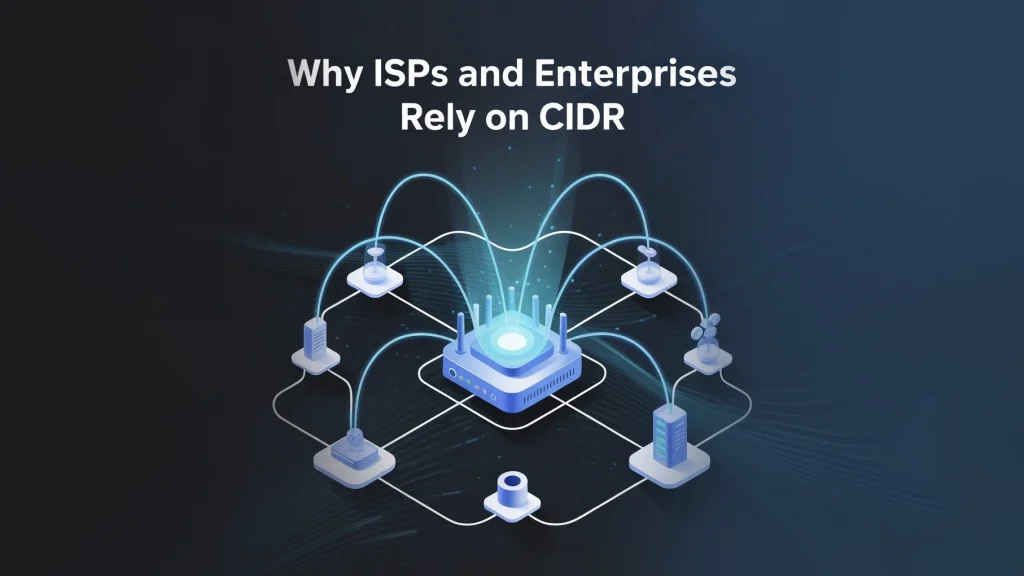
Leave a Reply